TO mark Filipino Food Month this April, Hapag ng Pamana celebrates indigenous cuisines and heirloom recipes from Laoag City, Samar, and South Cotabato.
Presented by the Department of Agriculture, Philippine Culinary Heritage Movement, Department of Tourism and National Commission on Culture and the Arts, Hapag ng Pamana is the perfect event to chow on local delicacies, attend cooking demonstrations and talks and pick up unique treats to take home.
“Pagkaing Sariling Atin, Mahalin at Pagyamanin” is this year’s theme of Buwan ng Kalutong Pilipino, which bids to preserve, enrich and promote Filipino cuisine as part of our country’s cultural heritage, history and identity. It also acknowledges the role of farmers, fisherfolk and other sectors involved in the food industry.
The annual event also aims to nurture our long-standing culinary traditions since many of our heirloom food products and practices are slowly disappearing in the face of globalization and ensure their transmission to future generations.
Laoag City
Last April 18-19, the Hapag ng Pamana festival showcased Ilocano cuisine. Aside from a food fair, photo contest and cooking competition, Laoag’s local chefs showed how to cook pansit lusay (Ilocano fresh noodles), dinakdakan (Ilocano version of dinuguan), paksiw and pinakbet.
Malunggay miki, crispy miki, bagnet, longganisa, empanada and Ilocano products were on sale during the two-day event.
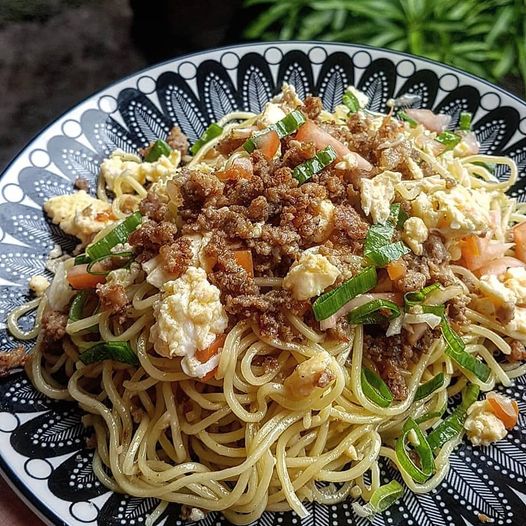
(Credit: St. Bede’s Kitchen/Facebook)
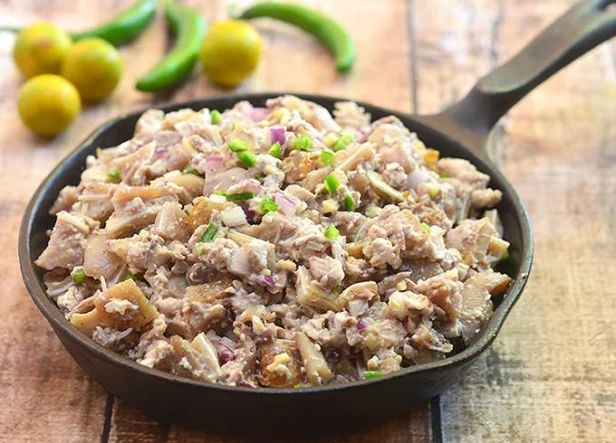
(Credit: morefunwithjuan.com)
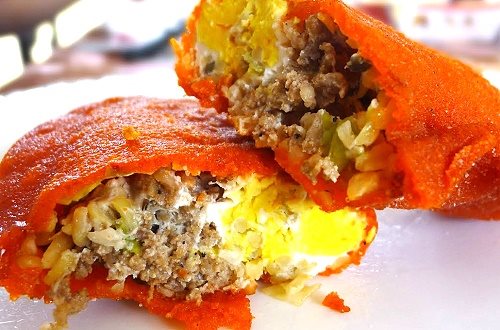
(Credit: laoagcity.gov.ph)
The Ilocanos’ frugality is reflected in their cuisine, which features the least ingredients and the most common condiments in every household like salt, bagoong and sukang Iloko. Yes, they love their vegetables but they also eat goat meat, pork, beef (cow and carabao) and fish. Almost everything is eaten, nothing is put to waste.
Samar
The Secret Kitchens of Samar will take center stage on April 24-27. It’s a campaign of the provincial government under the Spark Samar tourism program which features the province’s culinary heritage that is long-cherished by families.
Recipes once carefully kept inside “bauls” for decades and prepared by families behind closed doors are finally seeing the light of day for everyone’s enjoyment.

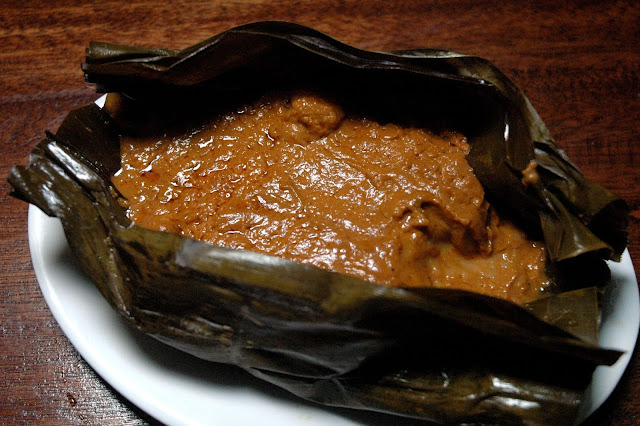
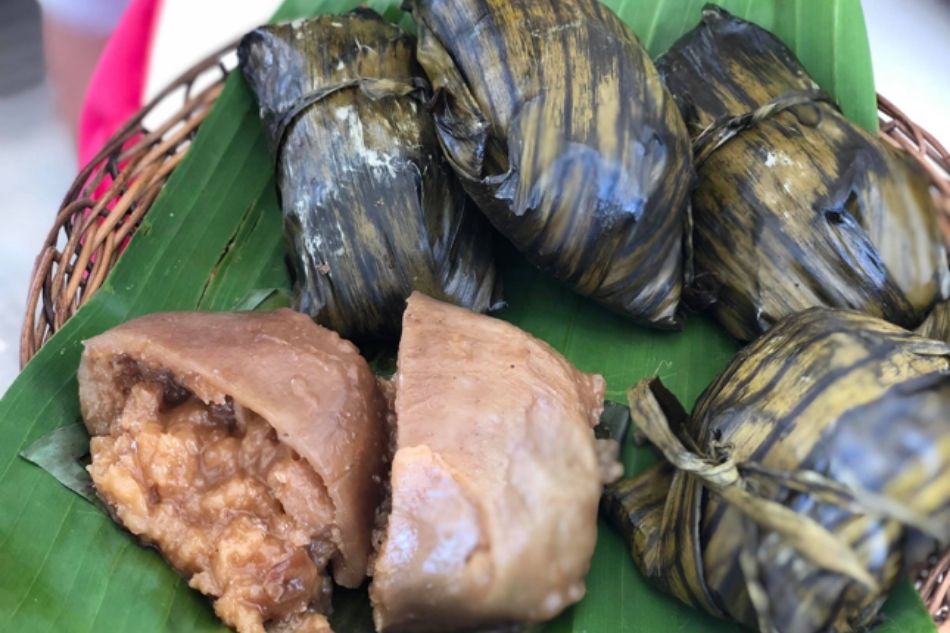
One of these gastronomic specialties is the Samar version of Tamale. A Mexican dish adopted by the Spanish, it’s referred to as Tamalos in the region. Their recipe is made with thick cuts of pork belly, smothered in creamy peanut sauce, wrapped in banana leaves and steamed for hours.
Bola Catalana or embutido and lechon with its stuffing of lemon grass, star anise and red chilies will also be featured. A typical compliment to these dishes is their very own kesong puti called keseo, made from fresh cow’s milk.
Samar’s rice and cassava cakes include black puto which uses dark, glutinous rice and Puto Conserva, toasted rice cake with coconut fillings and sugar. Sagmani is made from cassava while Binagol makes use of the root crop talyan mixed with condensed milk and latik and cooked in coconut shells wrapped in banana leaves.
Other foods that can only be found in Samar are Borracho, rum-soaked sponge cake with glazed meringue, and sisi, fermented shellfish.
South Cotabato
On April 28-30, Hapag ng Pamana highlights Maguindanao delicacies. These include tinagtag, noodle-like roll made of rice flour; bulwa, muffins; tipas, sweetened bread; dudul, kalamay-like spread; panyalam, fried rice pancake; kumukunsi, deep-fried doughnut; tinumis, suman; tapay, fermented rice wrapped in alum leaves; pastil, cooked rice topped with chicken or fish flakes and wrapped in banana leaves; betengan, palitaw.
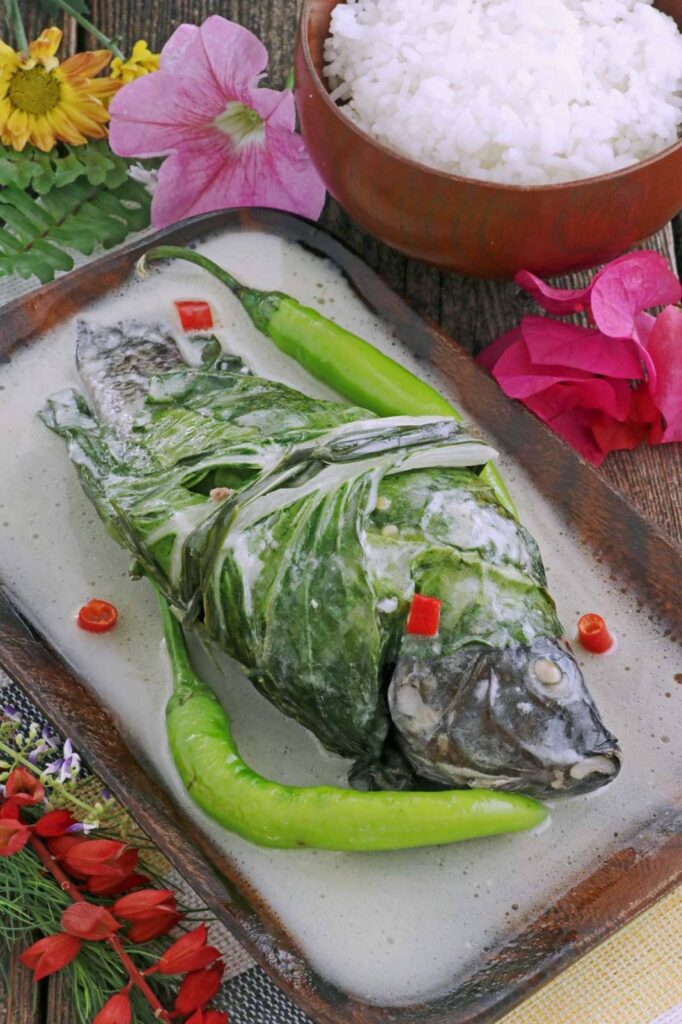
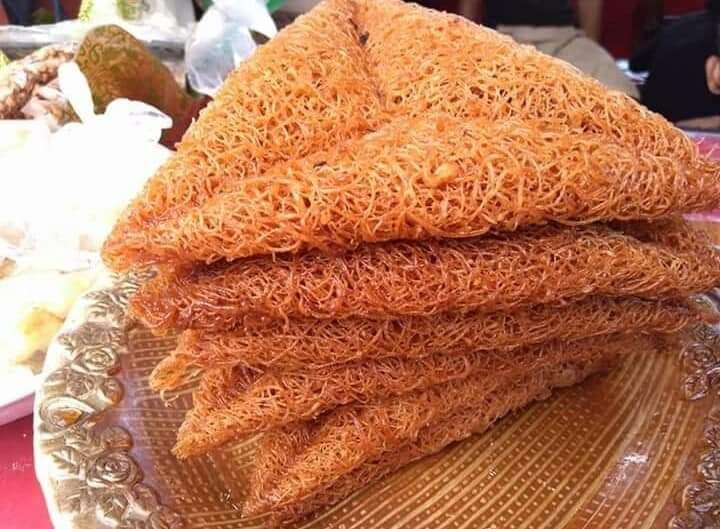
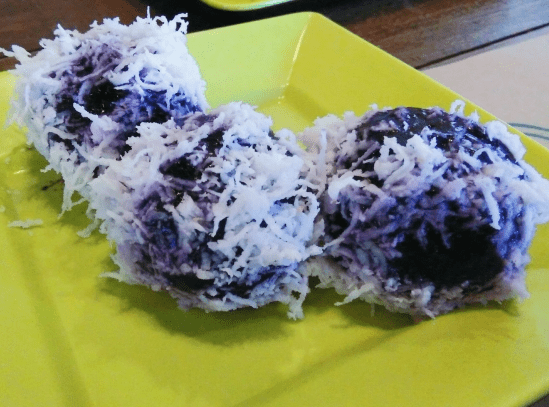
Since tilapia is overflowing in Lake Sebu, one can try 50 different kinds of dishes mainly made of this fish. The most popular are Nilagpang na Tilapia, Nilasing na Tilapia, Chicharon Tilapia, Kinilaw na Tilapia and Sinanglay na Tilapia wherein the fish is wrapped in cabbage and cooked in coconut milk.
The Land of the Dreamweavers is also famous for its traditional foods such as the exotic grilled frogs, Sinabawang Palaka, upland rice, agihis shells cooked in bamboo, Guinataang Kuhol, agihis with takway (gabi tendrils), agihis soup, native chicken cooked in banana leaves, apan-apan (adobong kangkong), da-un bekoyo (made from cassava leaves), tkung bnalun (shrimps), boiled cassava and aripahol con bukayo.
Mindanao’s cuisine is known for using coconut milk and spices such as chili, cilantro, lemongrass and ginger. Its flavor is similar to that of the Philippines’ Malay neighbors – Malaysia, Indonesia, Brunei and Thailand.
Known as the original fusion cuisine, Filipino food is a mix of different cultures that you can definitely taste the Spanish, Chinese, Indian and Western influences in each dish. Its distinctive colors, aroma and flavors result in a full sensory experience with every bite.




